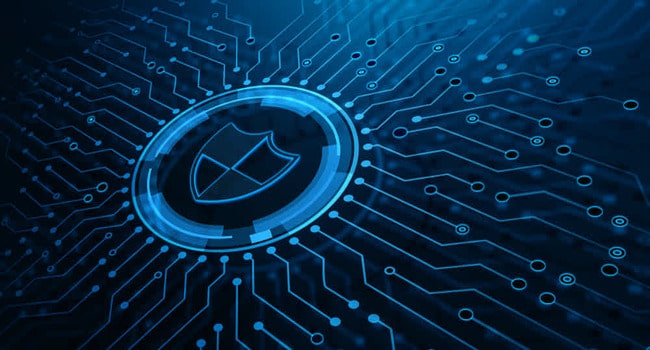Protecting sensitive information in today’s interconnected digital world is of paramount importance to organizations. Cyber threats and data breaches are prevalent. Pen testing is becoming a key component in cybersecurity strategies for businesses as they strive to improve their defenses against the ever-evolving cyber threat. Pen testing simulates real cyber-attacks and is used to test the security of networks and systems. With the help of cybersecurity specialists at CISOSHARE, let’s examine penetration testing types and their importance in safeguarding digital resources.
- Network Penetration-Testing: Network penetration testing focuses on the assessment of security in network infrastructure. It includes servers, switches, and routers. It involves searching for vulnerabilities within the network, such as incorrect configurations, outdated software, and weak passwords. In addition to identifying weaknesses, network penetration testing helps organizations by simulating possible attack scenarios.
- Web Application Penetrating: With the proliferation and use of web-based platforms, protecting them against cyber threats has become a necessity. Web application penetration testing evaluates the security posture of websites, web services, APIs, etc. Testers examine the application code, functionality, data input mechanisms, and other aspects to find vulnerabilities such as SQL infiltration, cross-site scripting, and authentication flaws. Performing thorough assessments can help organizations reduce the risk that sensitive data will be compromised and secure web applications.
- Wireless Penetration Testing: Wireless penetration testing is essential as wireless networks have become commonplace in both public and corporate environments. An assessment of the security of Bluetooth devices, WiFi networks, and additional wireless methods constitutes a wireless penetration test. Testers try to exploit vulnerabilities, such as weaker encryption protocols and default configurations. By identifying weak points in wireless infrastructures, organizations can strengthen their defenses to prevent unauthorized access and protect sensitive data sent over wireless networks.
- Social Engineering Test: In the field of cybersecurity, human errors remain a significant weakness. Social engineering tests assess an organization’s susceptibility to manipulation and deception by malicious agents. This type of testing may include phishing simulators, pretexting attempts, or physical invasion attempts to gauge employee awareness and adherence to security policies. By increasing awareness and offering targeted training, companies can empower their staff to recognize social engineering and defeat it effectively.
- Physical Penetration: Physical security remains an important aspect of defense despite cybersecurity efforts focusing on the digital world. Physical penetration testing involves evaluating the security measures used to protect physical assets such as facilities and infrastructure. Testers use techniques such as lock picking, tailgating, or exploiting vulnerabilities within surveillance systems to gain unauthorized entry to premises. Identifying weaknesses in physical safety controls can help organizations improve their resilience and resistance to physical threats.
- Red Team vs. Blue Team Training: Red and blue teams simulate adversarial scenarios in order to test an organization’s detection capabilities and response capabilities. Red teams of experienced cybersecurity professionals simulate attacks that penetrate defenses to achieve specific goals. Blue teams represent the organization’s defenders who work to detect, mitigate, and repel the simulated attack.
Conclusion:
With the ever-changing nature of cyber threats, penetration tests are a proactive method to improve cybersecurity. By conducting comprehensive assessments of IT infrastructures and human behaviors, organizations can identify weaknesses, mitigate risks, and improve their resilience to cyber-attacks. Collaborating and collaborating with experienced cybersecurity partners, such as CISOSHARE, can provide organizations with the expertise and resources to conduct practical penetration tests and fortify defenses against emerging cyber threats. A proactive and multifaceted approach to cyber security is vital in protecting digital assets in an increasingly connected world.
